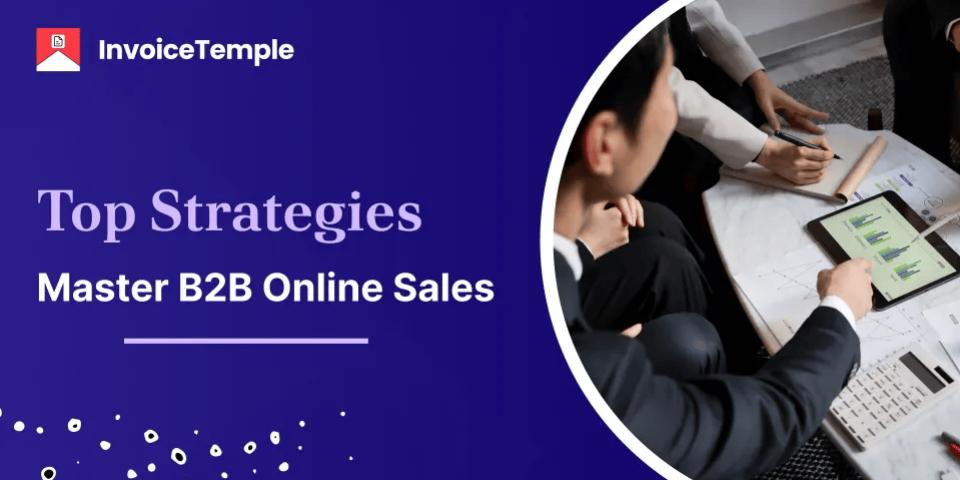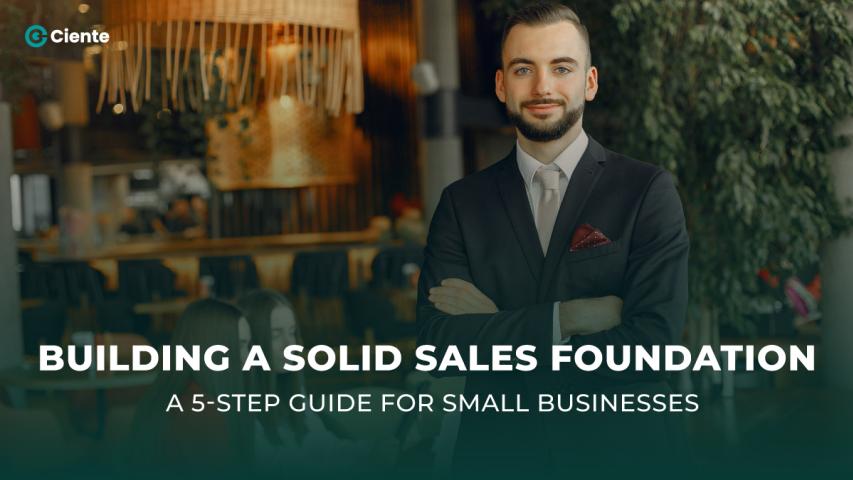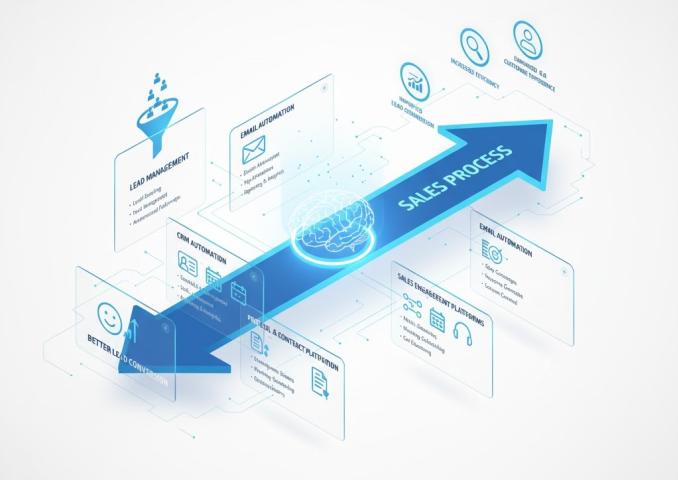For any startup, mastering sales is crucial. You might have a great product, but without effective sales strategies, it can be tough to get it in front of the right people. Whether you're pitching to potential clients or closing deals with investors, these sales techniques can make all the difference. Let’s dive into some essential methods that every startup founder and salesperson should know.
1. Know Your Audience
This sounds obvious, but many startups get so excited about their product that they forget who they’re selling to. Understanding your audience is the foundation of any good sales strategy. This means:
- Research: Know your customers' pain points, needs, and what motivates them.
- Personalization: Tailor your pitch to address those specific needs.
A generic sales pitch won’t work in today’s market. You need to show that your product or service is the solution to a real problem your audience faces.
2. Focus on Benefits, Not Features
One common mistake startups make is to focus too much on the features of their product. While it’s great that your software has 20 integrations or your product uses cutting-edge technology, customers really want to know one thing: How does it help me?
Instead of listing features, talk about benefits. How does your product:
- Save time?
- Increase productivity?
- Improve their quality of life?
When customers see the value it brings to them personally or professionally, they’re much more likely to be interested.
3. Build Relationships, Not Just Sales
Sales aren’t just about closing a deal; they’re about building long-term relationships. Especially in the startup world, your first customers can turn into your best advocates, providing referrals and testimonials. To build these relationships:
- Listen: Pay attention to your customer’s needs and feedback. Don’t just talk at them; have a conversation.
- Be transparent: If your product has limitations, be upfront about them. Honesty builds trust.
- Follow-up: Don’t disappear after the sale. Check in to see how things are going and if they need any further help.
People buy from companies they trust and feel a connection with. Make your customers feel valued, not like a transaction.
4. Master the Art of Storytelling
Everyone loves a good story. Storytelling helps you connect emotionally with your audience, making your pitch more memorable. When you’re talking about your product or service, frame it within a story. For example:
- Customer success stories: Share how your product helped a customer overcome a challenge.
- Founder's story: Why did you start the company? What problem were you trying to solve?
Storytelling humanizes your brand and gives customers a reason to care about your product beyond its specs and price.

5. Create Urgency
Creating a sense of urgency can motivate customers to take action sooner rather than later. This doesn’t mean being pushy, but rather giving them a reason to act now. You can do this by:
- Limited-time offers: Offer discounts or bonuses that are only available for a short period.
- Scarcity: Let them know when inventory or spots are limited.
- Highlighting risks: Show the cost of inaction, like missed opportunities or continued problems.
People are more likely to buy when they feel like waiting could mean losing out.
6. Overcome Objections
In sales, objections are inevitable. Instead of fearing them, embrace them as opportunities to understand your customer better. The key to handling objections is preparation. Anticipate the most common concerns and have responses ready. For example:
- Price: Highlight the value and long-term benefits to justify the cost.
- Competitors: Explain how your product differs from or outperforms others in the market.
- Timing: Help the customer see why acting now will benefit them.
When you address objections confidently and empathetically, it builds trust and moves the sale forward.
7. Use Social Proof
People trust other people more than they trust businesses. That’s why social proof is so powerful. This can be:
- Testimonials: Ask happy customers for a short review or quote.
- Case studies: Showcase real-life examples of your product in action.
- Numbers: Share metrics like how many customers you’ve served or how much time/money your product has saved.
When potential customers see that others have had a positive experience with your product, they’re more likely to feel comfortable making a purchase.
8. Always Be Closing (ABC)
While this phrase might sound like an old-school sales cliché, there’s some truth to it. But it doesn’t mean you need to be aggressive or pushy. Instead, it’s about seizing opportunities:
- Ask for the sale when the time is right.
- Provide next steps if they’re not ready to commit right away (e.g., setting up another meeting or offering a free trial).
Don’t be afraid to close. Sometimes all a customer needs is a little nudge to move forward.
9. Follow Up Religiously
Many sales are lost not because of a lack of interest, but because there was no follow-up. Life gets busy, and sometimes customers just need a reminder. A well-timed follow-up email or call can reignite interest and move a potential sale across the finish line.
But be mindful—following up too frequently can feel like spam. Strike a balance by staying in touch without overwhelming your leads.
Sales can be challenging, but with the right techniques, it doesn’t have to feel like an uphill battle. Focus on building genuine relationships, understanding your customer’s needs, and crafting a pitch that shows them the real value of your product. And remember, persistence and follow-up can often be the difference between a lost lead and a closed deal.



















